The Value of Technological Innovation in Enterprise Business Management
DOI: 10.23977/ieim.2025.080110 | Downloads: 30 | Views: 674
Author(s)
Huiqun Wang 1
Affiliation(s)
1 RWE, Yantai, 265699, Shandong, China
Corresponding Author
Huiqun WangABSTRACT
The goal of this article is to deeply analyze the application and importance of technological innovation in the field of business administration of enterprises, aiming at coping with the far-reaching effects of the rapid progress of global technological innovation on the operating environment of enterprises. In the research approach, this article combs the relevant theoretical basis of technological innovation, including the theory of technological innovation and the theory of innovation diffusion, which lays a solid theoretical foundation for the subsequent analysis. Furthermore, the article analyzes the main categories and trends of current technological innovation, and discusses the far-reaching impact of technological innovation on the global economic structure and enterprise competition pattern. It is found that technological innovation is widely used at all levels of enterprise management, such as intelligent production line, big data analysis technology, artificial intelligence application and so on. These innovations significantly improve the operational efficiency of enterprises, reduce costs, enhance market competitiveness and help enterprises enhance their innovation and sustainable development capabilities. Finally, this article puts forward some strategies and suggestions on how enterprises should seize opportunities and face challenges in the tide of technological innovation in order to achieve sustainable development.
KEYWORDS
Technological innovation; Enterprise management; Operational efficiency; Competitiveness; Sustainable developmentCITE THIS PAPER
Huiqun Wang, The Value of Technological Innovation in Enterprise Business Management. Industrial Engineering and Innovation Management (2025) Vol. 8: 77-82. DOI: http://dx.doi.org/10.23977/ieim.2025.080110.
REFERENCES
[1] Wang X L, Lei N, Hou Y Z. How does human resource department's client relationship management affect sustainable enterprise performance-in the context of artificial intelligence?[J]. International Journal of Technology Management, 2020, 84(1-2): 50-69.
[2] Wang L. Establishing enterprise information management platform using cloud storage technology under e-commerce environment [J]. Soft Computing, 2024, 28(4): 3649-3665.
[3] Ahlemann F, Legner C, Lux J. A Resource-Based Perspective of Value Generation through Enterprise Architecture Management [J]. Information & Management, 2021, 58(1):1-17.
[4] Kuperberg M. Blockchain-based identity management: A survey from the enterprise and ecosystem perspective[J]. IEEE Transactions on Engineering Management, 2019, 67(4): 1008-1027.
[5] Wang Daoping, Liang Sihan, Zhou Yu. Closed-loop Supply Chain Decision-Making Considering Manufacturer's Reputation and Participation of Big Data Service Providers [J]. Computer Integrated Manufacturing Systems, 2023, 29(7): 2474-2484.
[6] Wu Qiong. Application of Management Accounting in Enterprises in the Big Data Era [J]. Economics, 2021, 4(4): 68-70.
[7] Liang Fengchun, Ma Zhuolin. Analysis of a New Production Management Model for Feed Enterprises in the Context of Big Data [J]. China Feed, 2022, 1(14): 110-113.
[8] Shen Wen. Corporate Fiscal and Tax Management Measures in the Context of Big Data [J]. Economics, 2020, 3(5): 63-64.
[9] Nie Xin, Song Hui. Application and Practice of a Big Data Analysis System for Hidden Safety Hazards in the Safety Management of Iron and Steel Enterprises [J]. Industrial Safety and Environmental Protection, 2022, 48(06): 60-62+94.
[10] Kang Liangguo, Wu Chao. Construction of a Big Data-Driven Smart Safety Performance Management Model for Enterprises [J]. Science and Technology Management Research, 2021, 41(10): 185-192.
| Downloads: | 25607 |
|---|---|
| Visits: | 723782 |
Sponsors, Associates, and Links
-
Information Systems and Economics
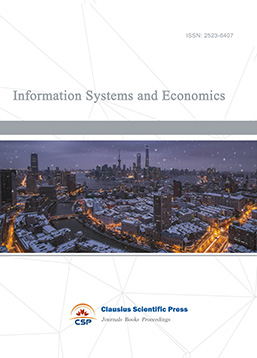
-
Accounting, Auditing and Finance
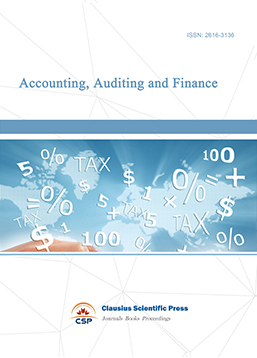
-
Tourism Management and Technology Economy
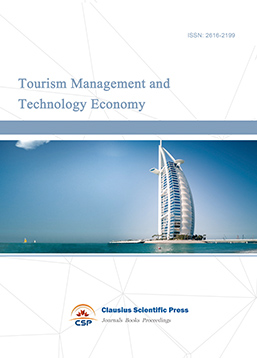
-
Journal of Computational and Financial Econometrics
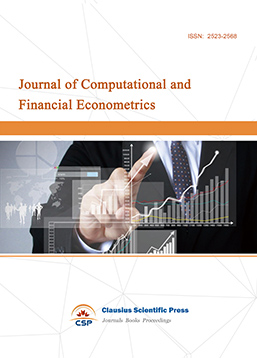
-
Financial Engineering and Risk Management
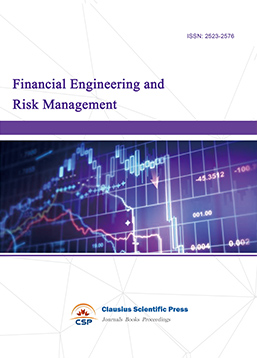
-
Accounting and Corporate Management

-
Social Security and Administration Management

-
Population, Resources & Environmental Economics
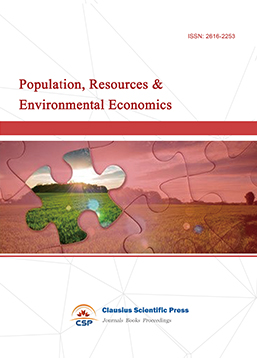
-
Statistics & Quantitative Economics
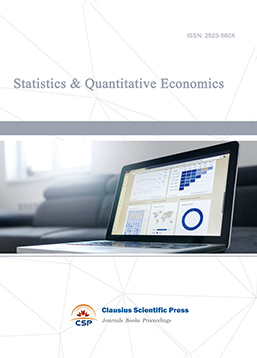
-
Agricultural & Forestry Economics and Management

-
Social Medicine and Health Management
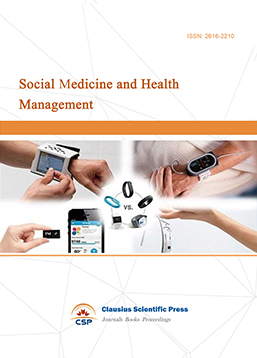
-
Land Resource Management
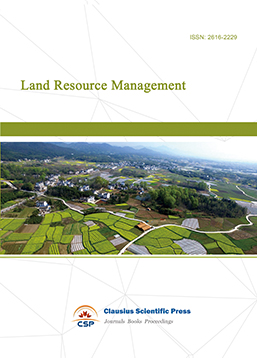
-
Information, Library and Archival Science
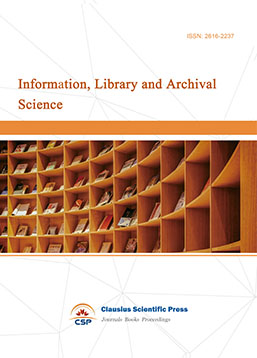
-
Journal of Human Resource Development

-
Manufacturing and Service Operations Management
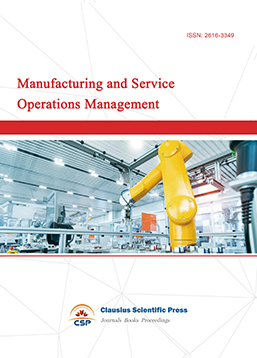
-
Operational Research and Cybernetics
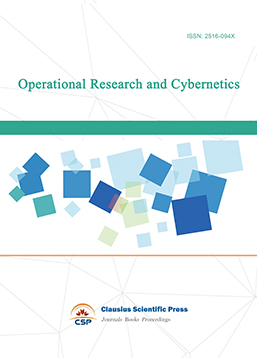

 Download as PDF
Download as PDF